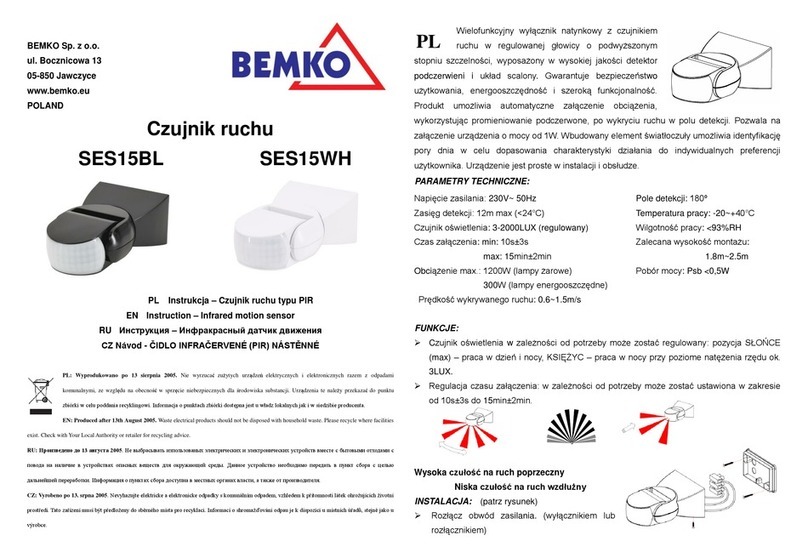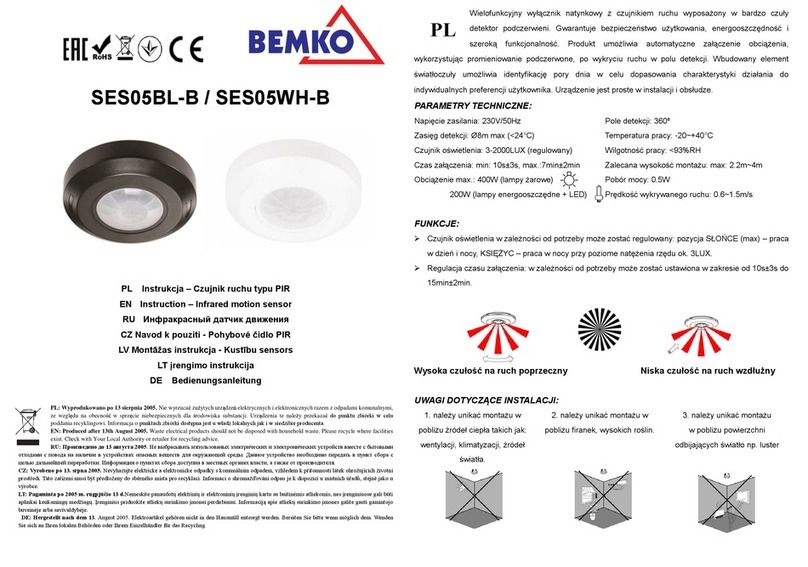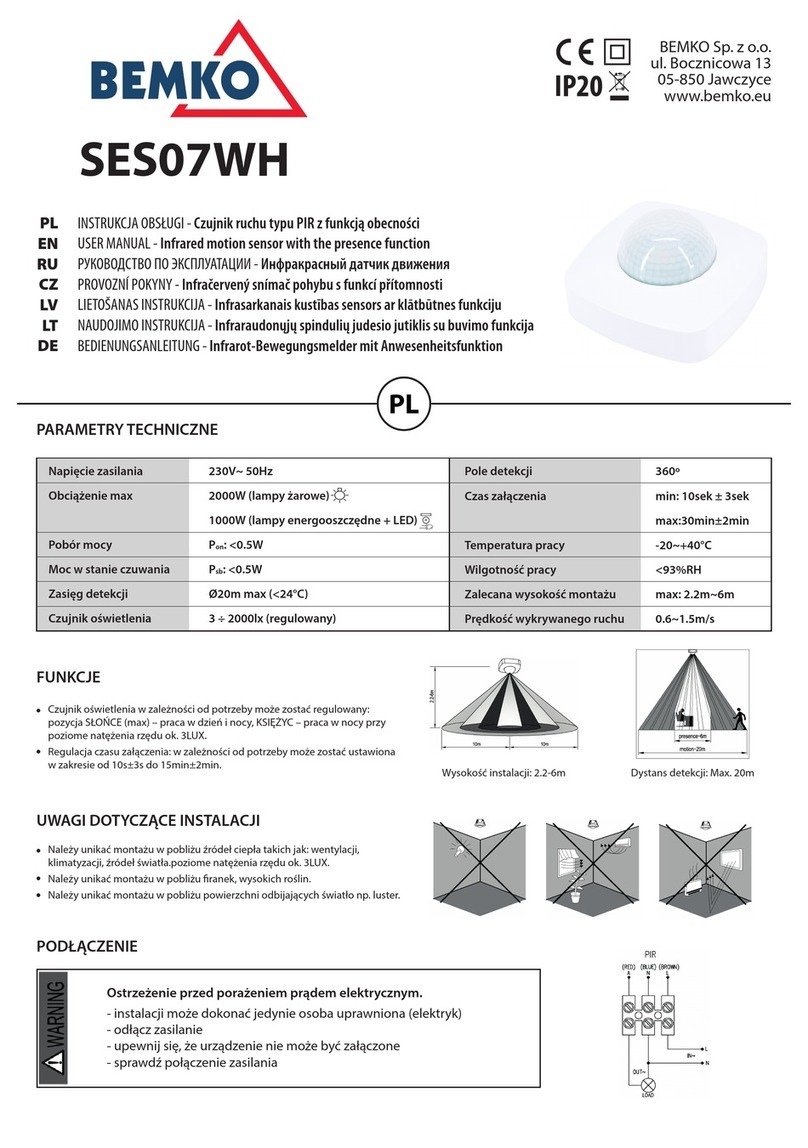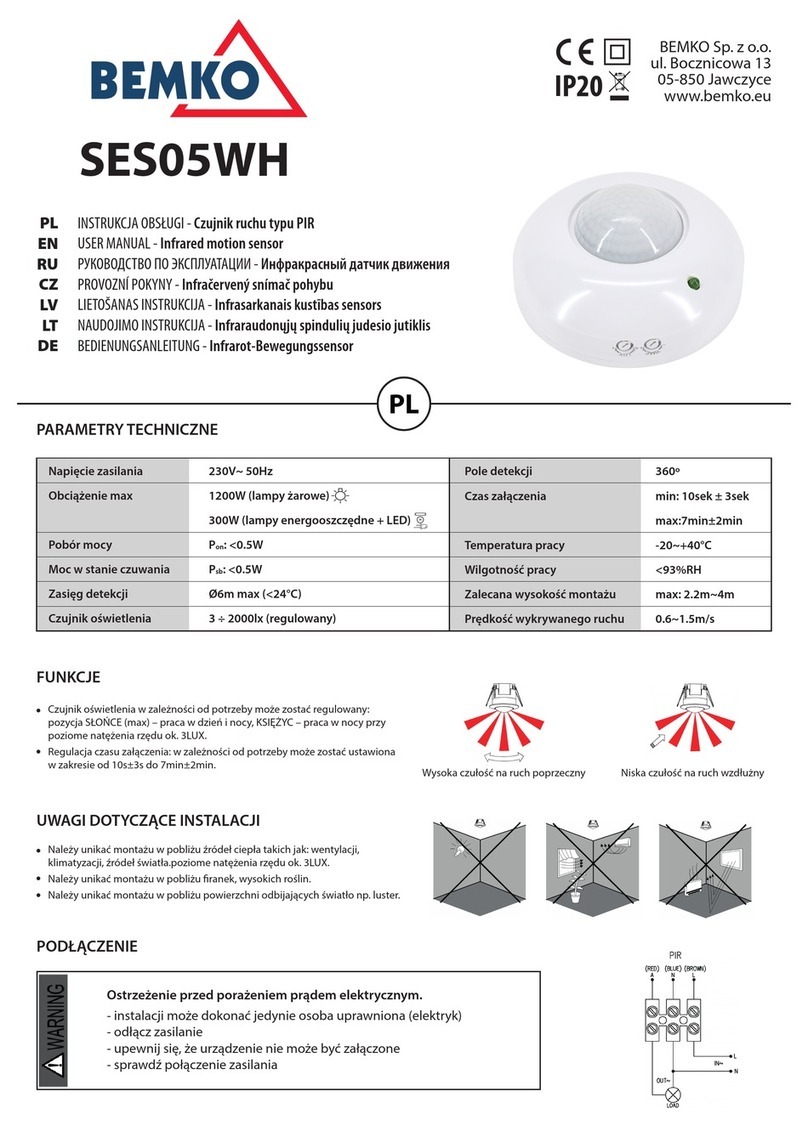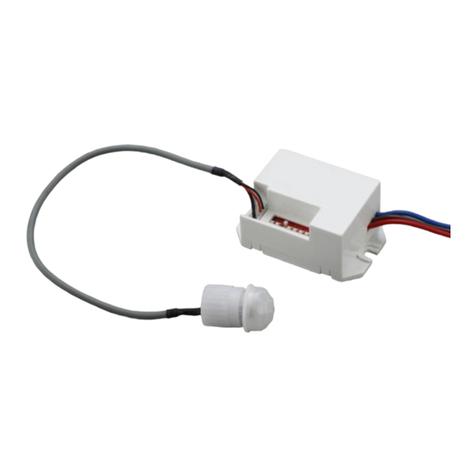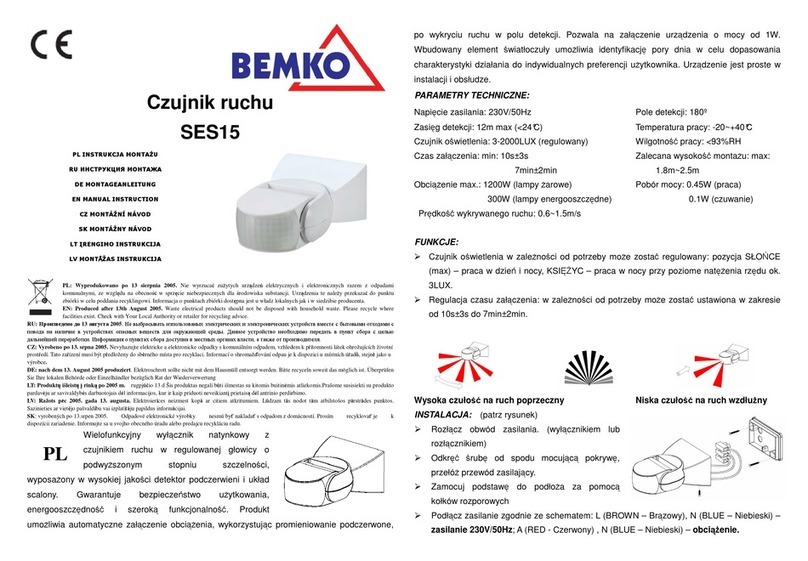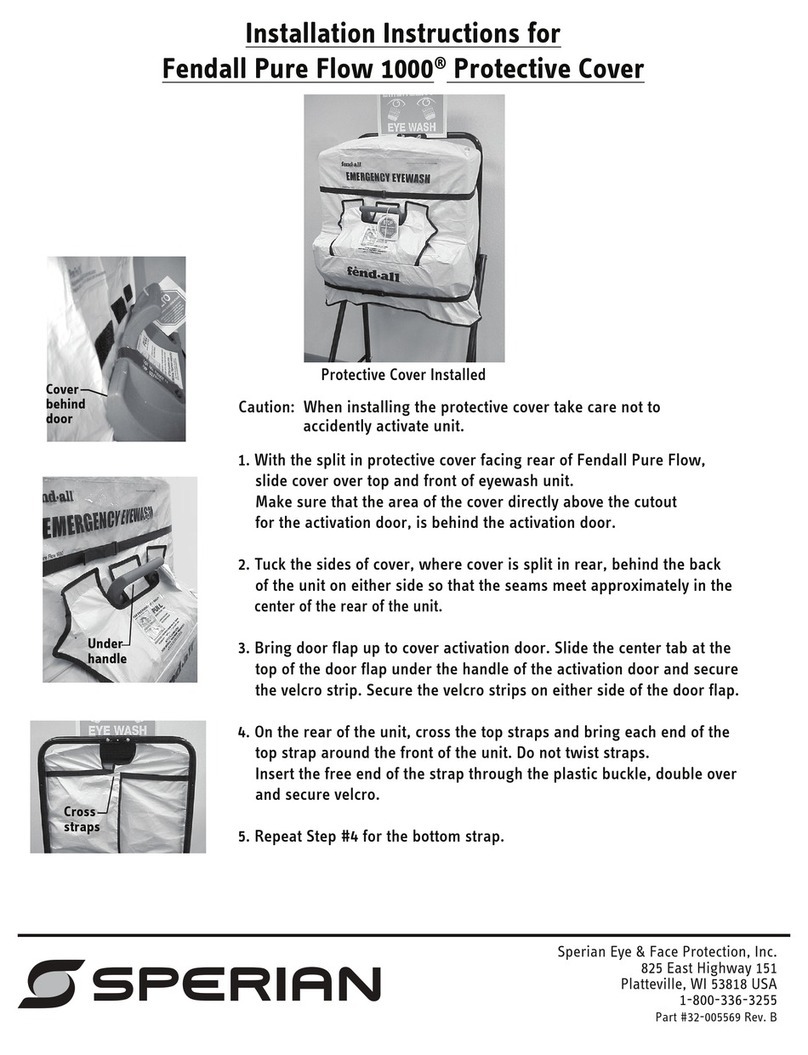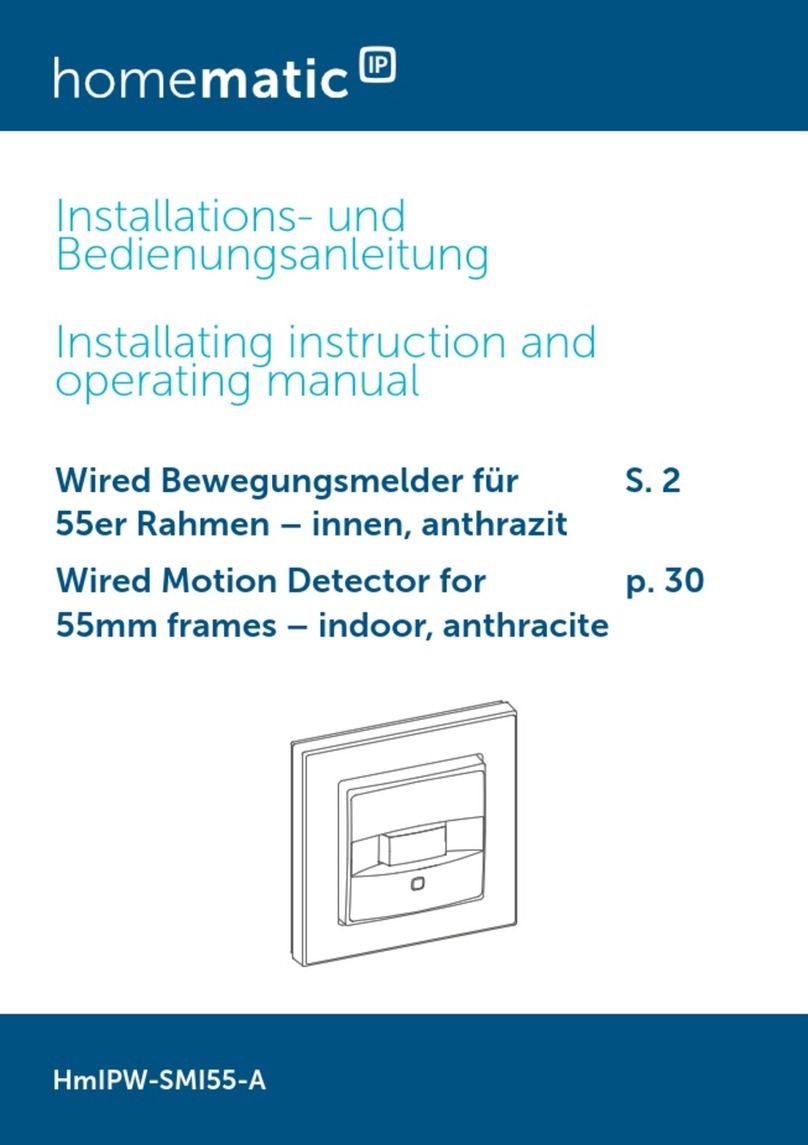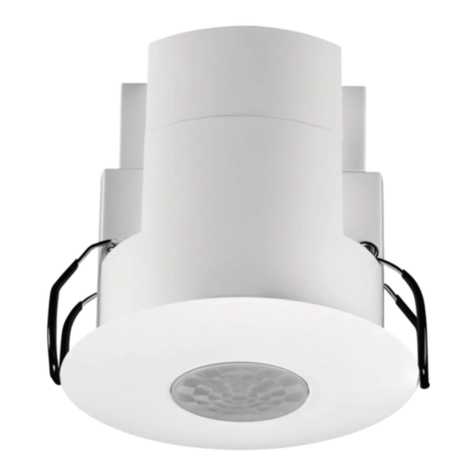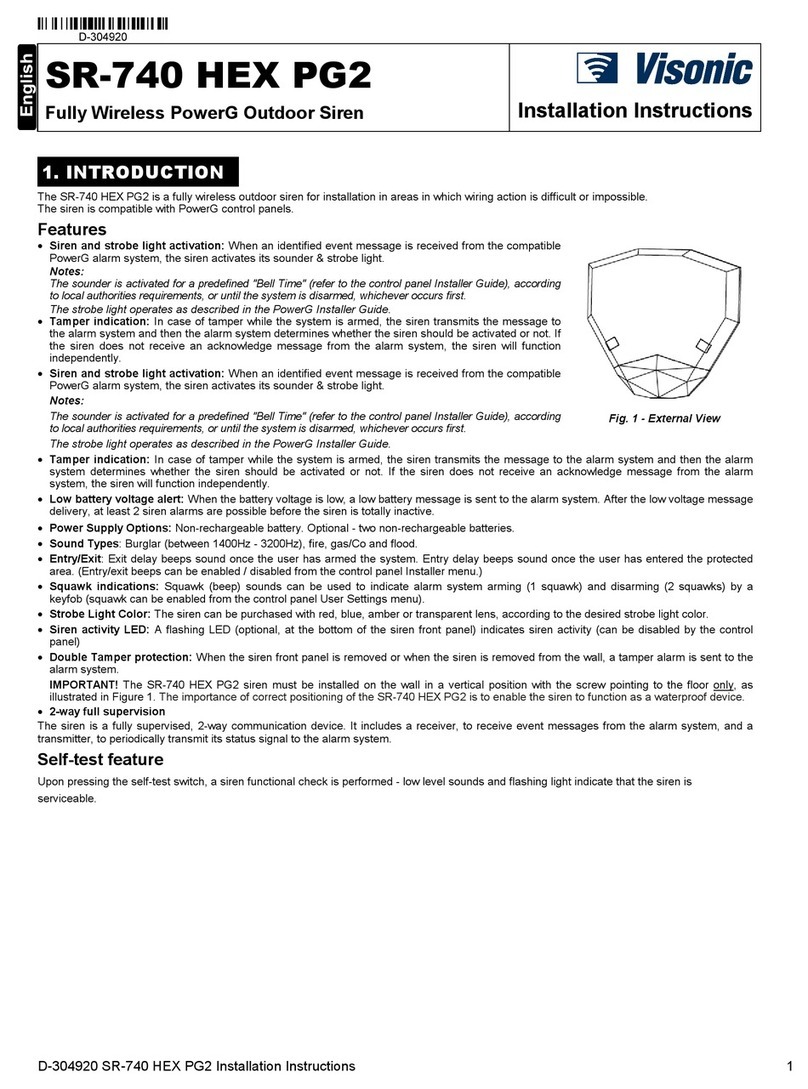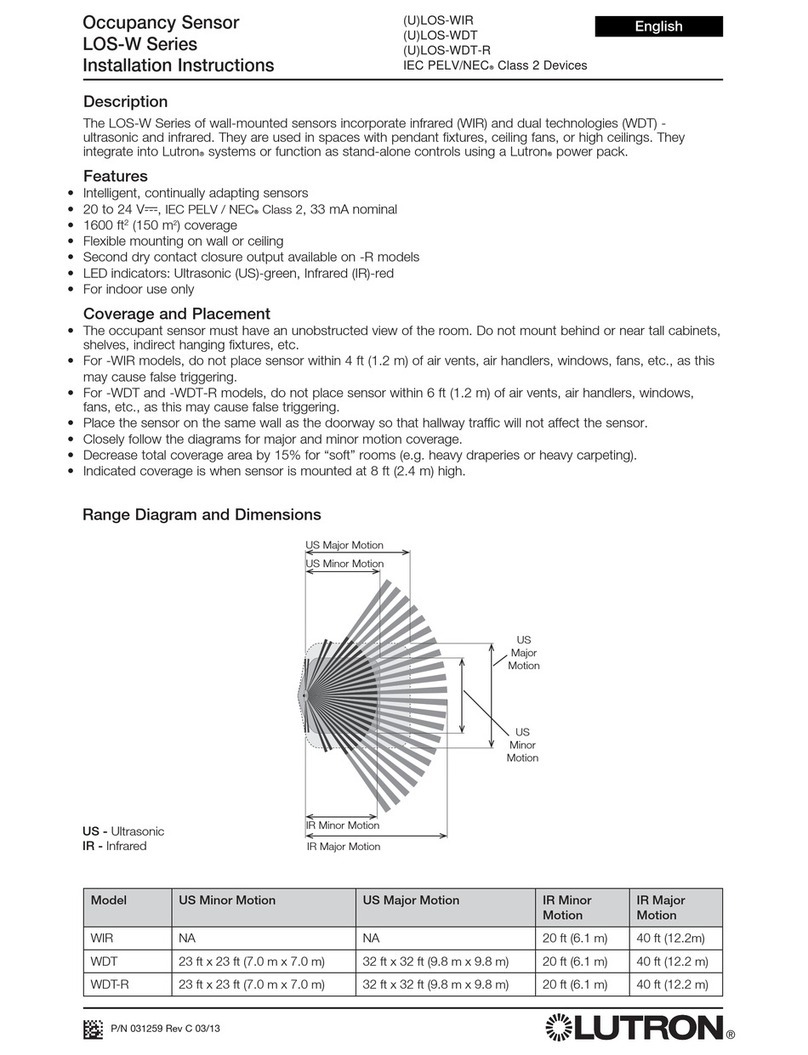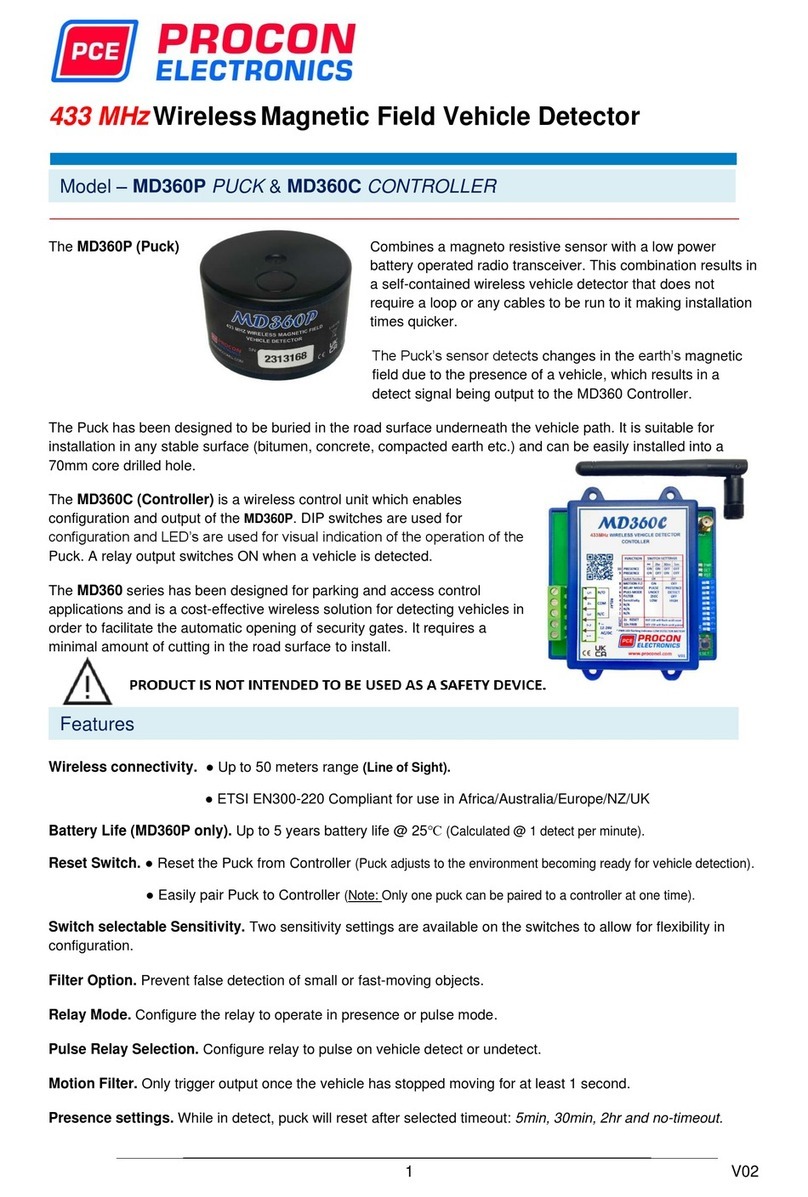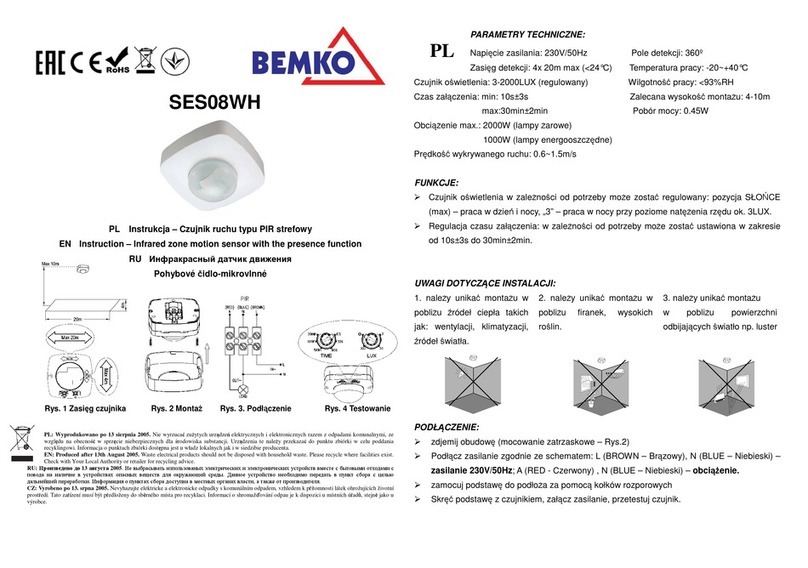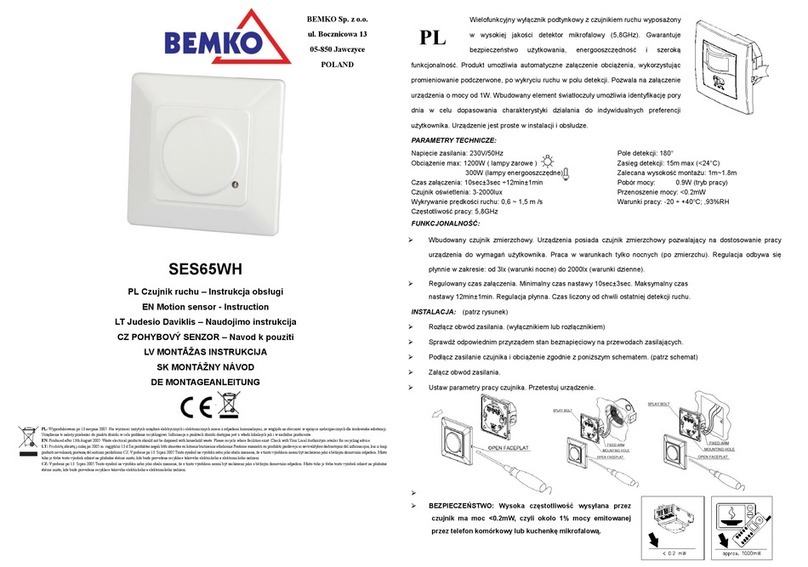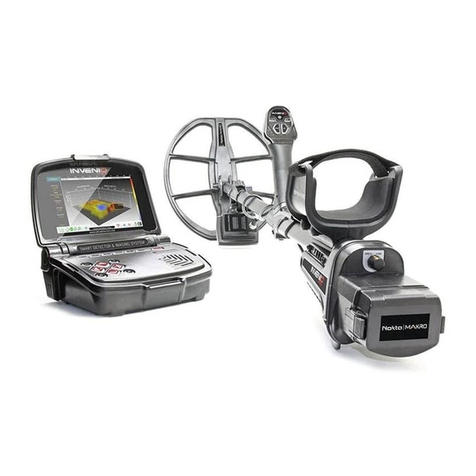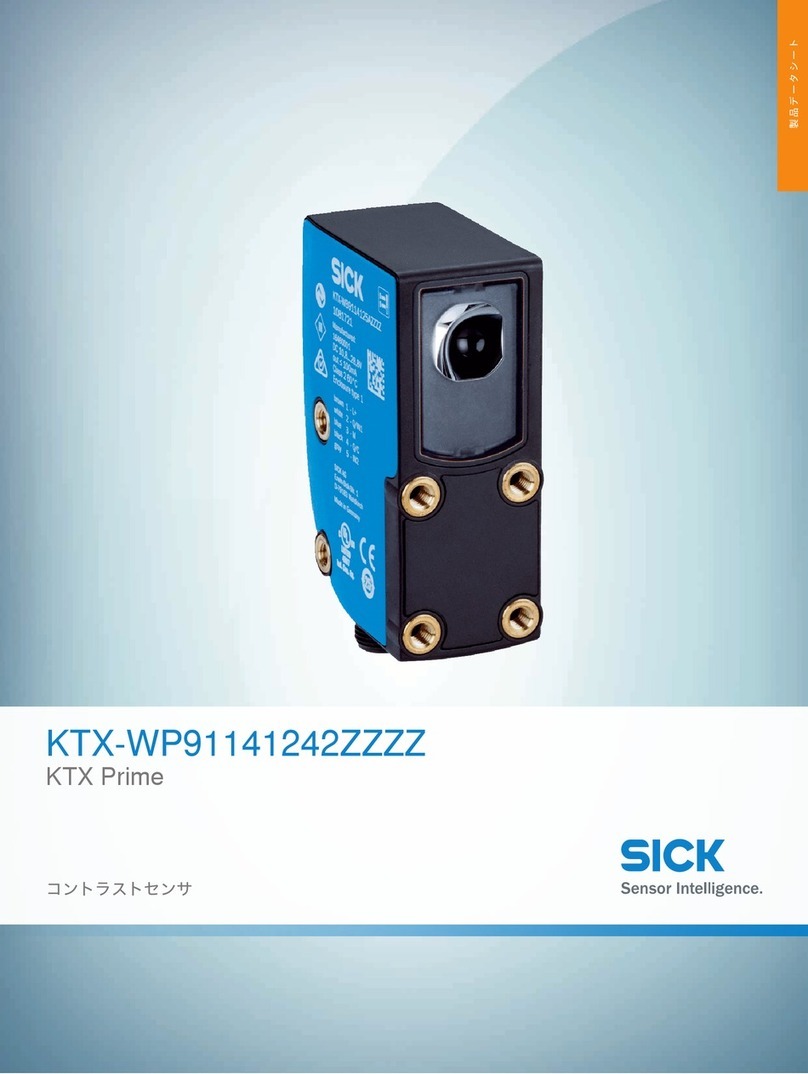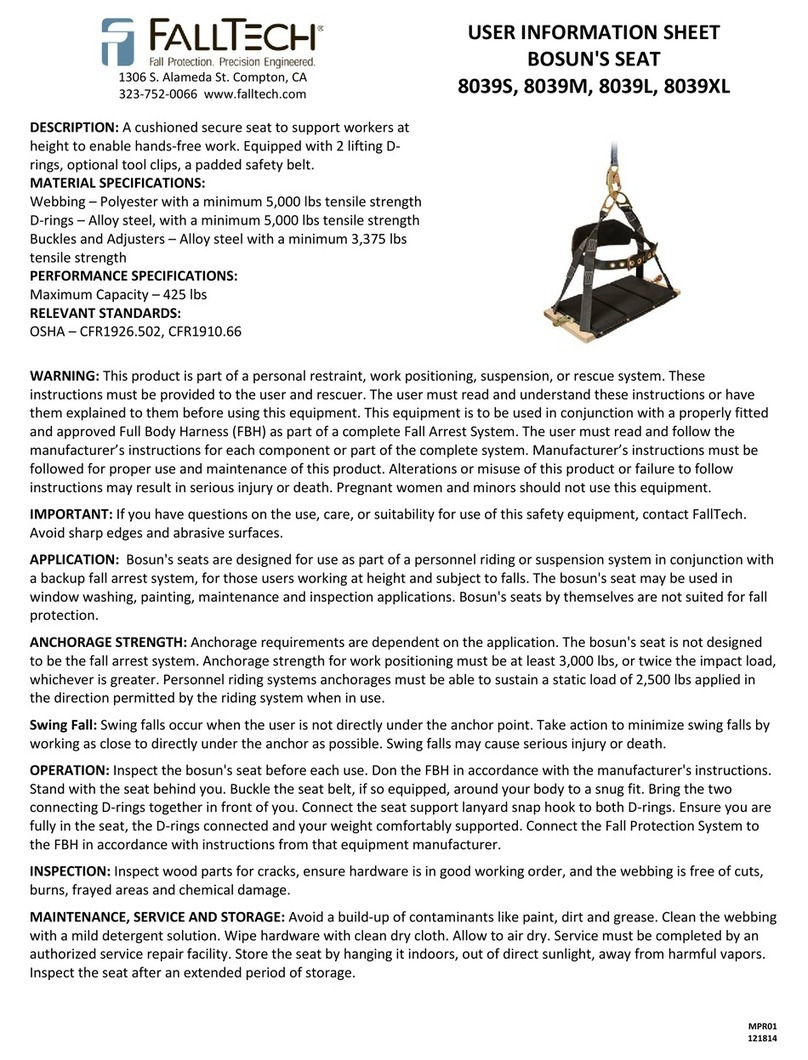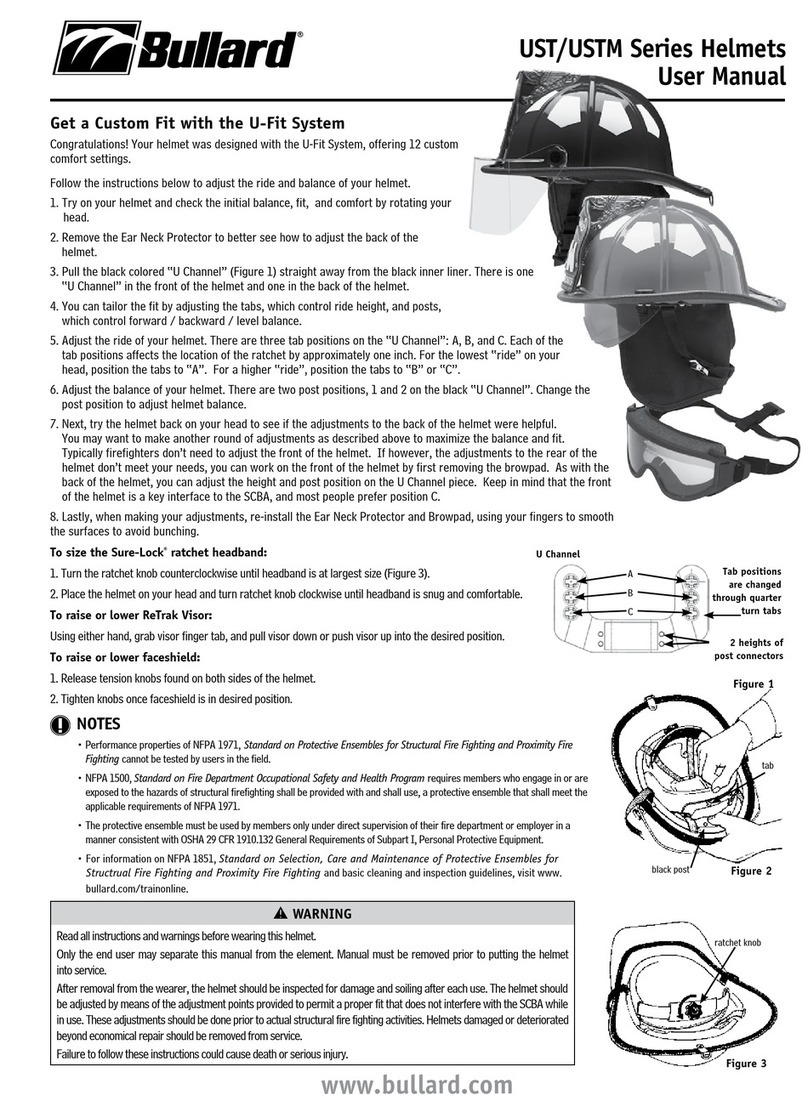
The product adopts microwave sensor mould with
high-frequency electro-magnetic wave (5.8GHz),
integrated circuit. It gathers automatism,
convenience, safety, saving-energy and practicality functions. The
wide detection field is consisting of detectors. It works by receiving
human motion. When one enters the detection field, it can start the load at once and identify
automatically day and night. Its installation is very convenient and its using is very wide.
Detection is possible through doors, panes of glass or thin walls.
SPECIFICATION:
Power Sourcing: 220V/AC-240V/AC Detection Range: 360°
Power Frequency: 50Hz Detection Distance: 1-8m (radius) adjustable
Ambient Light: 3-2000LUX (Adjustable) HF System: 5.8GHz CW radar, ISM band
Time-Delay: min.:10sec±3sec Transmission Power: <10mW
Max.:12min±1min Installing Height: 2m~4m
Rated Load: 60W/E27 Power Consumption: 0.9W
Detection Motion Speed: 0.6~1.5m/s
FUNCTION:
Can identify day and night: It can work in the daytime and at night when it is adjusted on the
“sun” position (max). It can work in the ambient light less than 3LUX when it is adjusted on
the “moon” position (min). As for the adjustment pattern, please refer to the testing pattern.
SENS adjustable: It can be adjusted according to using location; low sensitivity with 2m for
detection distance; High sensitivity with 16m, it fits for large room.
Time-Delay is added continually:When it receives the second induction signals after the first
induction, it will compute time once more on the basic of the first time-delay rest.
Time–Delay is adjustable. It can be set according to the consumer’s desire. The minimum
time is 10sec±3sec. The maximum is 12min±1min.
NOTE: the high-frequency output of the HF sensor is
<10Mw- that is just one 100
th
of the transmission
power of a mobile phone or the output of a
microwave oven, the baby can't touch it.
INSTALLATION: (see the diagram)
Switch off the power.
Taking down the glass shade by turning it with anti-clockwise.
Put the wire through the rubber band what in the bottom pan of light, and connect the wire
with terminal according to connect-wire figure.
Fix the base on the ceiling through the holes on the bottom pan with enclosed inflated
screws
Switch on the power and test it.
CONNECTION-WIER SKETCH DIAGRAM
Connecting the power source into the ”N” , ”L” according
to connection wire diagram when you install it.
Another way as follows if connecting with alarm or other
lamp:
TEST:
Turn the SENS knob clockwise on the middle. Turn the
TIME knob anti-clockwise on the minimum, Turn the LUX
knob clockwise on the maximum (sun).
When you switch on the power, the controlled load and indication light are both not working.
Preheat 30 seconds later, the load and the indicator light are turned on synchronization, in
the absence of no inductor signals, the load should be stopped working within 5-30sec, the
indicator light is turned off.
After the first sensor is out, 5-10sec later, the sensor could be worked again, and the load
should work. When there is no inductor signals in the indicator light, the load should be
EN





